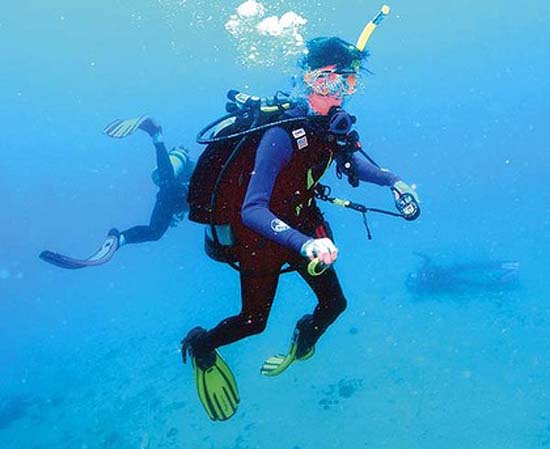
This research paper compares two works of book-length journalism on Australian criminal court cases in order to make some observations about the role of creative non-fiction in countering what George Orwell called ‘the ephemeral’ nature of journalism. (Keeble, 2007)
Helen Garner’s Joe Cinque’s Consolation (2004) and Honeymoon Dive (2010) by Lindsay Simpson and Jennifer Cooke are read as part of the trend of writing longer creative non-fiction about criminal cases. The technique was adopted most famously in America, by Truman Capote in the internationally acclaimed In Cold Blood. In Australia, creative non-fiction about true crime dates back to some of its first serial publications: the Australian Journal’s 19th century stories by Mary Fortune are an early example (Brown, 2007).
Acclaimed author and journalist Helen Garner has become a leading proponent of the creative non-fictional foray into journalism’s traditional court reporting round. In contemporary social contexts, extended court-based narrative portrays ‘real people’ in the fullness of their experience of often horrific events; the spectacular dramas of the O.J. Simpson murder trial (Dunne, 2001) and the Australian case of baby Azaria Chamberlain (Bryson, 1985) are two prominent examples. Their saga proportions are a reference point for the way that hard news offers creative non-fiction the investigative muscle for its extended observations of matters of why and how, whether for Capote in early 1960s America, or for writers now publishing in the genre in Australia.
In their contrasting journalistic approaches, and in the questions they raise about some of journalism’s central practices, Joe Cinque’s Consolation by Helen Garner and Honeymoon Dive by Lindsay Simpson and Jennifer Cooke, enable a comparative perspective.
Dr Janine Little is senior lecturer in journalism in the School of Communication and Creative Arts at Deakin University, Geelong, Vic., Australia.
MIJT: Creative non-fiction 'paints true picture of crime stories'
Little, Janine (2010). 'The ephemeral' crime story and longer investigations: Journalism and recent Australian creative non-fiction. Peer-reviewed research paper published in the Conference Proceedings of the Media, Investigative Journalism and Technology Conference, AUT University, Auckland, Aotearoa/New Zealand, 4-5 December 2010. Full text copy available @ http://www.pmc.aut.ac.nz/sites/default/files/file_bin/201101/Little_MIJT_proceedings_non-fiction_0.pdf


